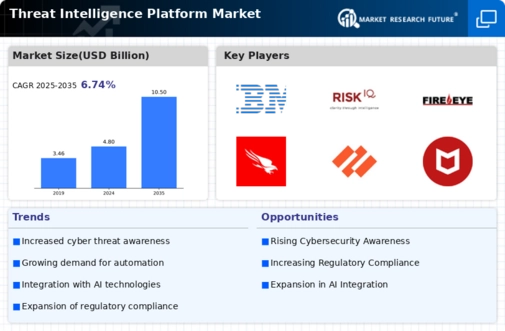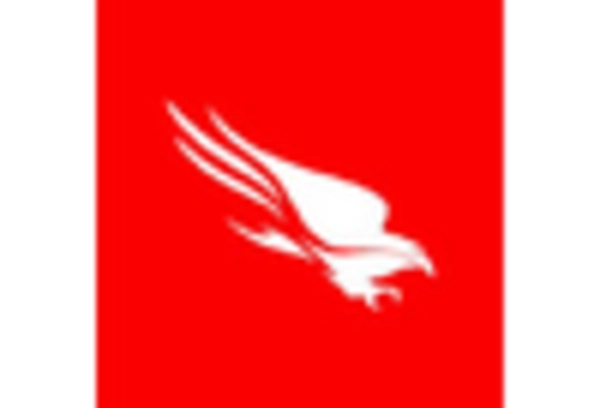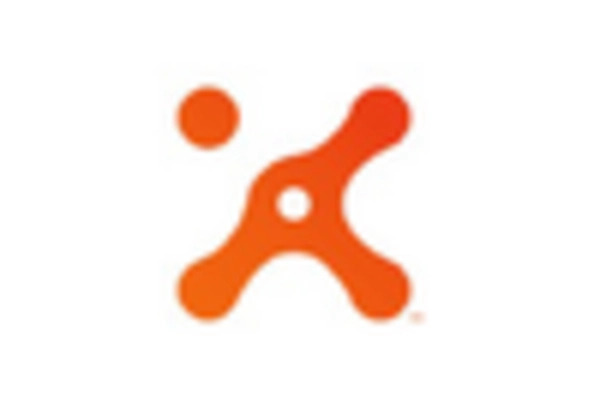Market Trends
Key Emerging Trends in the Threat Intelligence Platform Market
As the cybersecurity landscape has evolved, the Threat Intelligence Platform (TIP) industry has seen notable changes and alterations in recent years. The need for strong threat intelligence solutions has increased as enterprises deal with more complex cyberattacks, propelling the TIP market's expansion. The incorporation of cutting-edge technology, such machine learning and artificial intelligence, into TIP solutions is one popular trend. By improving the platforms' capacity to scan through massive volumes of data and spot patterns, these technologies enable speedier and more precise threat detection. Furthermore, a discernible trend is the increased utilization of cloud-based Threat Intelligence Platforms.
Businesses are realizing more and more the advantages of cloud deployment, such as accessibility, scalability, and flexibility. Cloud-based TIPs make it easier for security teams to collaborate and share information in real-time, regardless of where they are physically located. This improves the teams' overall ability to respond quickly to new threats. This pattern is consistent with the industry's larger shift toward the use of the cloud for a range of cybersecurity solutions. The market for Threat Intelligence Platforms and Security Orchestration, Automation, and Response (SOAR) solutions is likewise converging. By automating tedious operations and coordinating responses based on threat intelligence findings, this integration expedites incident response procedures.
Cybersecurity teams are able to respond to situations more efficiently and quickly reduce possible risks because to the synergy between TIP and SOAR. In addition, there's an increasing market emphasis on dashboards that are easy to use and have user-friendly interfaces. Vendors are investing in developing interfaces that give actionable insights in an intelligible way, as demand for threat intelligence rises beyond specialized security specialists to executives and decision-makers. The goal of this user-centric approach is to close the gap that exists between technical threat data and organizational strategy decision-making. The growing collaboration and information exchange throughout enterprises is another noteworthy development. Vendors are creating forums where security experts may exchange ideas and signs of compromise, as collective threat information is most effective. Through proactive defense against shared threats and the exchange of knowledge, this collaborative approach strengthens the cybersecurity ecosystem's overall resilience.
Furthermore, the landscape of the TIP industry is being shaped by compliance regulations. The need for organizations to comply with several rules and standards is growing, which makes the adoption of strong threat intelligence procedures imperative. TIP systems with capabilities designed for compliance reporting and auditing are becoming more popular in the market since they support an organization's overall security posture while assisting it in meeting regulatory obligations. Finally, the significance of Threat Intelligence Platforms for supply chain security is being more widely recognized. Organizations are realizing the necessity to expand their threat intelligence activities outside of their local surroundings as long as cyber threats persist in targeting partners and third-party suppliers. TIPs are essential for gathering and evaluating threat information about the larger ecosystem, which enables enterprises to proactively resolve vulnerabilities.

















Leave a Comment